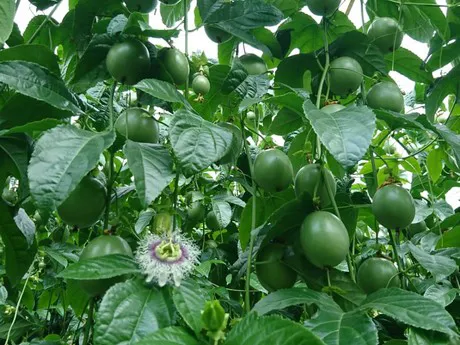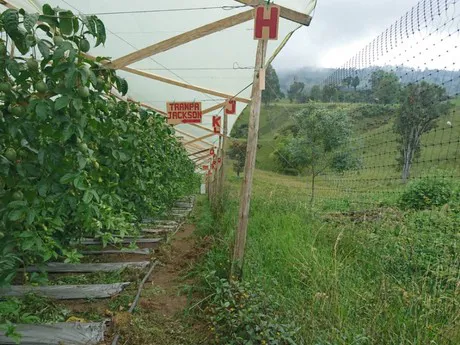Supplies of imported gulupa are on the rise.
“At this moment, we’re increasing production to 10 tons per week,” says Santiago Mosquera Calvache of Practical Colombia. Compared to last year, supplies have been growing and are up approximately 60 per cent this year thanks to a variety of factors including increasing expertise from the producers about the exotic fruit and improved product quality which in turn has led to certifications such as ICA (Colombian Agricultural Institute) and Global Gap.

Galupa, also known as the “Purple Passionfruit”, is grown in Colombia and currently is hailing from La Belleza, a northern part of the country. “We were able to develop a plan to increase the crops to target a wider international market,” says Mosquera Calvache. La Belleza is a former “Red Zone” or region with a history of violence and terrorism which hindered local employment. Santiago says producing gulupa is something the region focused on to increase employment and economic opportunities. For this municipality, it’s becoming a legal and alternative way out of the Coca crops which have gradually disappeared since the peace agreement in Colombia (which first began negotiations in 2012) says Mosquera Calvache.
Increasing production
Gulupa, which sees year-round growth in Colombia, is also produced in other Colombian regions including Huila and Boyaca. Heavy production starts in June and goes through to January. “We’re expecting to reach the peak of production in the next two weeks, so about 17 tons per week until mid-January,” says Mosquera Calvache, noting most of this will be allocated to international markets.

Mosquera Calvache notes the biggest demand for gulupa currently is from Canada as well the Netherlands and France. He also hopes to introduce the fruit to the Asian market. “Consumption will be based in different variables, as holidays in different countries and seasons depending in the continent where the final client is located,” he says. “But we aim to reach a bigger market to diversify the demand for this product and create year-round demand.”
Little fluctuation
In terms of pricing, Mosquera Calvache says gulupa sees more stable pricing compared to other exotic commodities due to the year-round availability. “Generally though, the price varies 10 percent,” he says.

Looking ahead, Mosquera Calvache knows that, like with many exotics, education is key to growing demand for this fruit. “The biggest challenge is introducing this fruit to a different market with different cultural values than Colombia, and how this market is going to accept this fruit,” he says. “The next challenge is also to educate consumers in how to eat gulupa.”
For more information:
Santiago Mosquera Calvache
Practical Colombia
Tel: +1 57 319 496 5735
santiago@practicalcolombia.com
https://practicalcolombia.com
